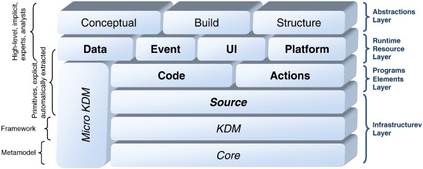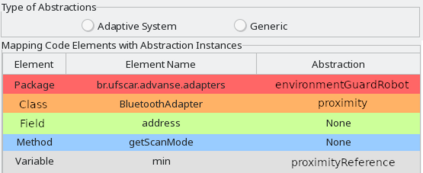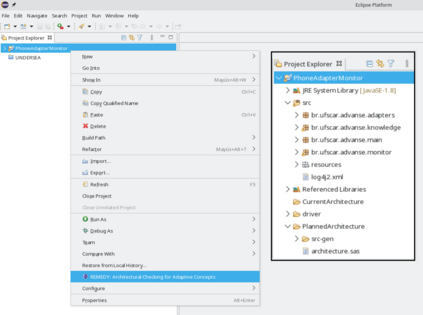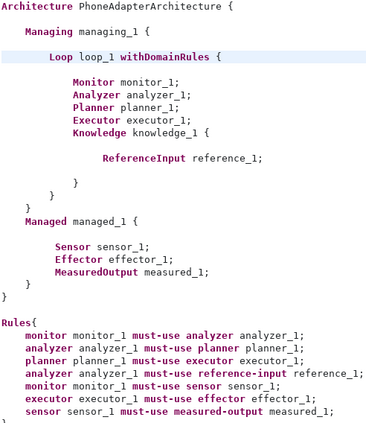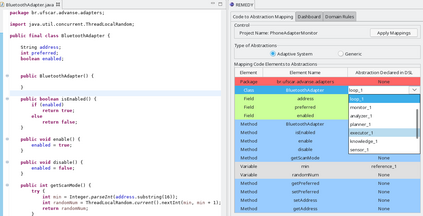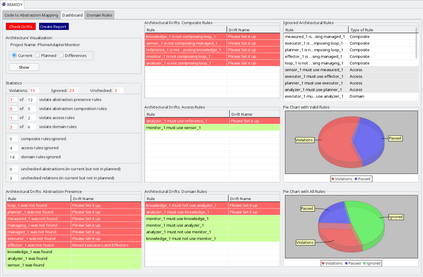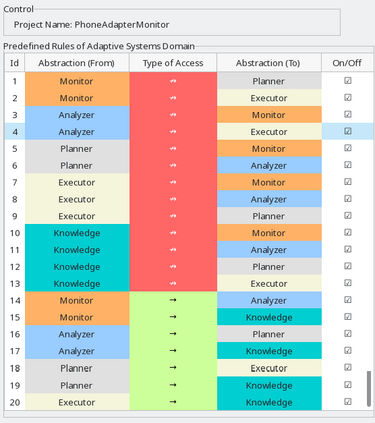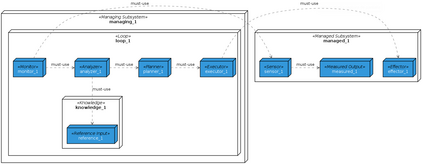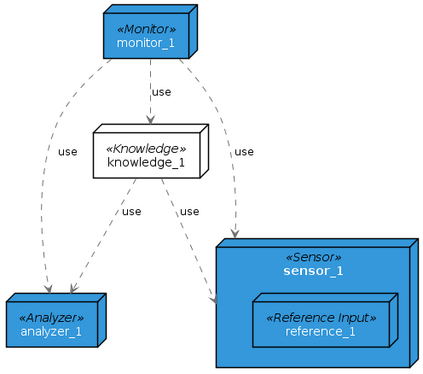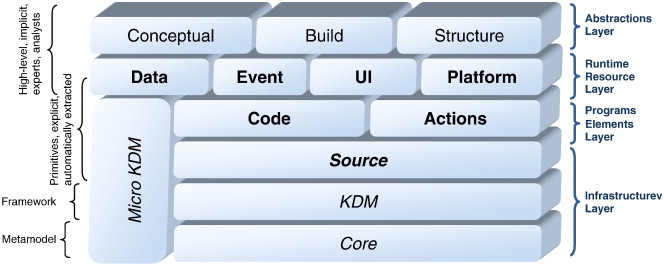Adaptive Systems (ASs) are capable to monitor their behavior and make adjustments when quality goals are not achieved through the MAPE-K, a widely recognized reference model that offers abstractions for designing ASs. By making these abstractions evident in the system structure, numerous benefits emerge, particularly in terms of enhancing the architecture's maintenance and comprehensibility. However, it is observed that many existing ASs are not designed in accordance with MAPE-K, causing these abstractions to remain hidden in their architecture. To address this issue, Architectural Conformance Checking (ACC) emerges as a valuable technique for verifying whether the current architecture (CA) of a system adheres to the rules prescribed by the planned architecture (PA) or a reference model, such as MAPE-K. In this paper, we present REMEDY, a domain-specific approach that encompasses the specification of the planned adaptive architecture based on the MAPE-K reference model, the recovery of the current adaptive architecture, the conformance checking process, and architecture visualizations. Furthermore, our approach is specifically tailored for ASs, incorporating well-known rules from the MAPE-K model. The evaluation of the REMEDY DSL involves a comparison with a general-purpose DSL, and the results demonstrate improvements in productivity. REMEDY facilitates the identification and correction of architectural non-conformance issues, thereby enhancing the overall quality of adaptive systems.
翻译:暂无翻译

